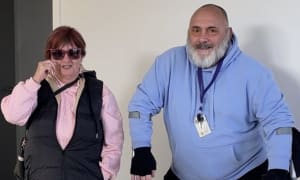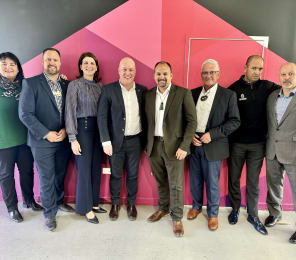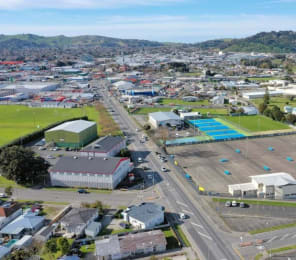Trust Tairāwhiti is looking at establishing an aerospace sector in the district and unlocking significant economic, social, environmental and cultural opportunities.
The Aerospace Tairāwhiti business case “supports the opportunity for the region to embrace the emerging aerospace sector valued at $1.75 billion in 2019 with Government ambitions to grow the sector to $10b by 2030”.
The business case, developed by aerospace regional lead Stu Potter, states a 1% market share would grow the regional economy by $100 million while a 5% share could boost the economy by $500m and support 1400 direct and 3400 indirect fulltime employees.
Aerospace is an emerging sector concerned with designing, developing and manufacturing avionics, advanced aviation and space-related products, and associated technologies and services.
This includes aviation, space flight, rocketry, satellites, geospatial mapping, data analytics and research, and educational and training programmes.
“Tairāwhiti is an appealing region for an aerospace hub as our airways are uncluttered, underutilised and we have a huge manufacturing capacity,” Potter said.
“There is immense potential here waiting to be realised, leading to higher-value production, job growth and new capabilities that could secure a place for Tairāwhiti in the global aerospace arena.”
The sector could also support regional resilience to adverse weather events, inform sustainable land use and enhance environmental monitoring, he said. Ultimately, it could strengthen the region’s quadruple bottom line encompassing economic, environmental, cultural and social performance.
Potter said Tairāwhiti had many existing assets to leverage in establishing an aerospace sector.
“Those attributes include mātauranga knowledge, expertise in the primary industries and manufacturing, a forward-thinking green energy airport, and proximity to a world-class commercial launch facility (Rocket Lab).
“There is also a substantial youth demographic and strong support for regional and business development.”
The business case states challenges such as governance and leadership, aerospace capability, research capability and access to a high-altitude launch facility must be addressed.
The obstacles were surmountable, as evidenced by numerous New Zealand-based case studies that demonstrate successful strategies to overcome similar barriers.
The aerospace sector is set to engage with local and educational institutions inspiring and training future talent while advancing sustainability.
The study “pragmatically evaluates” the potential to grow an aerospace industry in Tairāwhiti.
While insights from academic journals and papers have been included, it is not meant as an academic study. The term “aerospace” therein encompasses high-altitude applications such as drones and unmanned vehicles, along with space-related endeavours.
The scope of the study focuses on evaluating the potential to establish an aerospace sector in Tairāwhiti while excluding considerations of financial feasibility, education, training, and skill mapping, which could be subjects for future research.
A further study will evaluate the infrastructural requirements to attract domestic and foreign investment and partnerships crucial for the sector’s growth in the region.
Education consultants Dr Sandy Britain and Derek Wenmoth will collaborate with other stakeholders, including Auckland and Canterbury universities and Tōnui Collab, to undertake a separate study investigating career pathways, workforce skills and how current education can prepare Tairāwhiti rangatahi for aerospace opportunities.
This study will lead to a comprehensive report and the launch of aerospace pilot programmes and initiatives.











2 comments
And what happened to Trust Tairāwhiti's previous commitment to measuring and reducing its contribution to greenhouse gas emissions? Seems to have flown out the exhaust pipe.
JOIN THE CONVERSATION
Read and post comments with a
Newsroom Pro subscription.
Subscribe now to start a free
28-day trial.